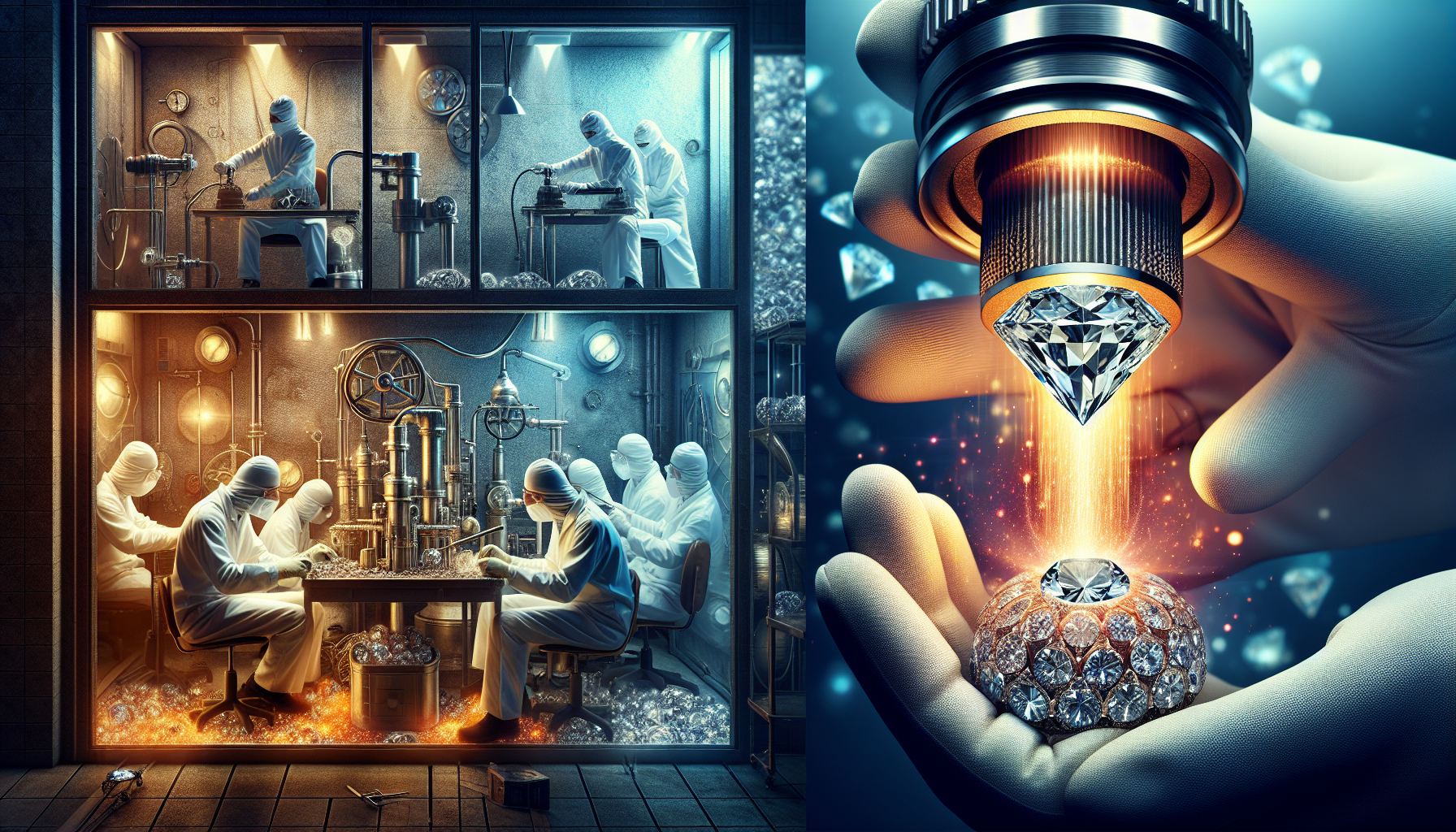The Future of Engagement Rings: Why Lab-Grown Gems Are Shaking Up the Market
As Valentine's Day draws near, for many, the secretive search for the perfect engagement ring is underway. A tradition set by De Beers' iconic "diamonds are forever" campaign, the brilliance of a diamond in a proposal has been a longstanding symbol of eternal love. However, as we venture deeper into the 21st century, this diamond-clad narrative faces disruption.
The Shimmering Legacy
For decades, the diamond industry has thrived on the notion that these gems are rare treasures of unmatched value. In the United States alone, the symbolic diamond engagement ring commands an average price tag of $5,000. Yet, this gleaming emblem of romance is evolving as a potent contender steps into the spotlight—lab-grown diamonds.
Lab-Grown: The Gem of Tomorrow
Lab-grown diamonds, indistinguishable from natural ones to the untrained eye, are paving a new path for both consumers and the jewelry industry. Economically and ethically appealing, these gems are produced in controlled environments, offering an eco-friendlier and often less expensive alternative to mined diamonds. This burgeoning sector, though still in its infancy, harbors the potential to redefine how we perceive value in these sparkling stones.
Shaky Grounds for Natural Diamonds
While lab-created diamonds hold the promise of sustainability, their growing popularity may come at the expense of both themselves and their naturally occurring counterparts. As supply increases, the fundamental economic rule of supply and demand suggests that prices for both types of diamonds may decline. This has sparked concern amongst traditionalists and retailers who bank on the allure of natural diamonds.
The Romantic Paradigm Shift
Beyond the economic implications, this trend may inadvertently spark a cultural shift in romantic symbolism. The move towards lab-grown diamonds aligns with a broader, conscientious consumer base mindful of ethics and environmental impact. As this consciousness deepens, the very definition of luxury in engagement rings could transform from rarity to responsibility.
The Social and Economic Implications
It remains to be seen how this shift impacts established economies around natural diamond mining, particularly within regions reliant on this sector. Furthermore, for consumers, the availability of more affordable diamond options could democratize access to luxury, reshaping how we celebrate life’s most cherished moments.
Concluding Thoughts
In a world where innovation reshapes traditions, the diamond industry stands on the edge of what could be a profound transformation. As Valentine's Day approaches, those hiding rings in sock drawers may pause to consider what their chosen gem represents—not just in love, but in legacy. In choosing lab-grown diamonds, individuals may not just be opting for a beautiful piece of jewelry, but for a progressive step towards a more sustainable future.
As the market evolves, the core question for consumers remains as profound as it is personal: what does eternal mean in a world that's always changing?
